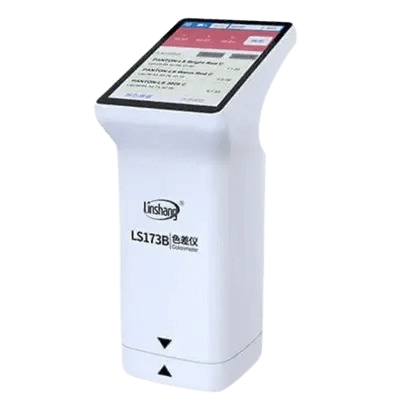
Portable Spectrophotometer
For measuring the intensity of light, an instrument is used which is known as a spectrophotometer. It measures the amount of photons after passing through the sample solution. Moreover, the amount of chemical substances can also be measured with the help of a spectrophotometer.
It is based on the Beer-Lambert principle which is termed as:
The amount of light absorbed is directly proportional to the concentration of the solute in the solution and the thickness of the solution under analysis.
Defend Your Products from Corrosion
Effective Lab India: Reliable Spectrophotometers for Accurate Testing
Uses of a Portable Spectrophotometer
A portable spectrophotometer is a compact version of a spectrophotometer. It is structured in a simple design and it is easy to carry everywhere due to its small and portable size.
It is useful because it measures the samples on-site without bringing them to a laboratory.
A portable spectrophotometer contains a detector, sample holder, light source and a display screen. Light of different wavelengths is emitted by the light source. Thus light will pass through the sample. The detector functions in measuring the intensity of light and as a result, it shows on the screen.
Handheld spectrophotometer
A portable spectrophotometer is also known as a handheld spectrophotometer. It is also known as handheld because it can be easily held in hands. It is easy to use and light in weight hence it can be held in your hands while performing measurements. However, It can be used for assessing the quality of water, analyzing soil composition and measuring colour in textiles.
Applications
Portable spectrophotometers have a wide range of applications in different industries all over the world. They are used in agriculture. Also, they have applications in environmental science, food and textile industries. Samples are not needed to go through the laboratory, although they can be tested on-site with the help of a handheld colorimeter.
- Illumination/Observation system: 45/0 method
- Integrating Sphere Size: 58 mm (Diameter)
- Light Sources: Combined LED sources
- Sensor: Silicon photodiode array
- Illuminant: D65,D50, A,C,D55, D75,F1,F2,F3,F4,F5,F6,F7,F8,F9,F10,F11,F12
- Color Space Indices: XYZ, CIE LAB, LCh, Yxy, HunterLAB, CIE LUV
- Minimum Interval Between measurement: 1.5 s
- Measuring Aperture: 8 mm (Diameter)
- Wavelength range: 400~700 nm
- Capacitive Touchscreen featured
- Two standard observer angles
- Visible Spectrum 400~700 nm Reflectance curve
- The product is provided with a high-resolution capacitive touch screen that is 3.5 inches in size.
- It has a large memory for extensive storage of more than 10000 data.
- Standard: CIE, CNS, ASTM E313, AATCC, ASTM D1925
- Software based output of test results
- Effective Homogenization ray of lights with Oversized Integrating sphere
- 45/0 geometrical optics structure
- Large memory for extensive storage of more than 10000 data.
- Silicon photodiode array sensor
Know About Our Products
The Portable Spectrophotometer offers precise, multi-environment testing by combining salt spray with humidity, drying, and condensation cycles. It rigorously simulates harsh conditions to assess material durability, ensuring your products withstand corrosion and deliver long-lasting performance in challenging environments.
The quv test method is a widely used accelerated weathering testing method. It simulates the effect of temperature, moisture and sunlight on the materials. It is a valuable instrument for industries to assess the effect of outdoor exposure on their products, and ASTM test method used for uv accelerated weathering testing.
UV protection is important in the ultraviolet weathering test chamber because the effect of this UV radiation can cause many problems including skin cancer, eye damage and suppression of the immune system, so it is very important to protect your human skin and eyes from UV rays and wear protective clothing and sunglasses because UV radiation damages the body and affects many things.
There are three main types of weathering which include.
- Mechanical weathering
- Biological weathering
- Chemical weathering
UV stands for Ultraviolet. It is a type of electromagnetic radiation coming from the sun which is very dangerous for humans because it is invisible to human eyes but its effect has a great impact on human health and also causes many diseases.



Contact Form
Connect with us will help you with their queries...
For accurate laboratory testing results? contact us
for high-quality testing equipment solutions.
